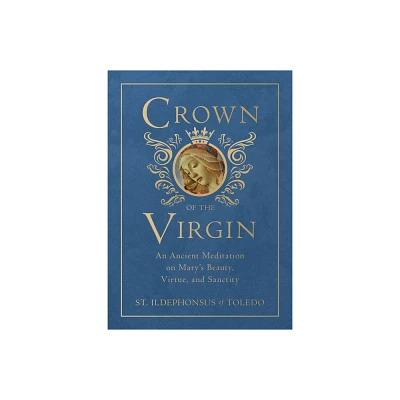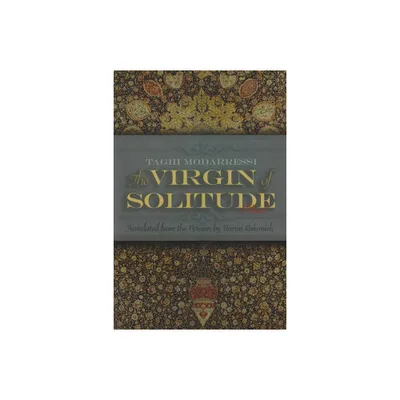Home
Hystoria Gweryddon yr Almaen: the Middle Welsh Life of St Ursula and 11,000 Virgins
Loading Inventory...
Barnes and Noble
Hystoria Gweryddon yr Almaen: the Middle Welsh Life of St Ursula and 11,000 Virgins
Current price: $48.99


Barnes and Noble
Hystoria Gweryddon yr Almaen: the Middle Welsh Life of St Ursula and 11,000 Virgins
Current price: $48.99
Loading Inventory...
Size: Hardcover
*Product Information may vary - to confirm product availability, pricing, and additional information please contact Barnes and Noble
Medieval Welsh literature is rich in hagiographical lore and numerous Welsh versions of the Lives of saints are extant, recording the legends of both native and universal saints. Although the cult of St Ursula and the 11,000 virgins is well known internationally, this is the first time that a scholarly edition of her Welsh legend has been published in its entirety.
Hystoria Gweryddon yr Almaen was adapted into Welsh by Sir Huw Pennant and it survives in a unique manuscript - Aberystwyth, National Library of Wales, Peniarth MS 182 (c. 1509–1514). The edition is accompanied by a full glossary, as well as detailed textual and linguistic notes, and information on the development and transmission of the legend. The peculiarities of the Welsh text will be considered in the introduction as well as the similarities it shares with other versions.
The volume also considers the wider cultural context of the legend and discuss the Welsh cult of St Ursula and her companions. Welsh tradition claims that Ursula was Welsh and she became associated with the church at Llangwyryfon in Ceredigion and other minor Welsh chapels.
Hystoria Gweryddon yr Almaen was adapted into Welsh by Sir Huw Pennant and it survives in a unique manuscript - Aberystwyth, National Library of Wales, Peniarth MS 182 (c. 1509–1514). The edition is accompanied by a full glossary, as well as detailed textual and linguistic notes, and information on the development and transmission of the legend. The peculiarities of the Welsh text will be considered in the introduction as well as the similarities it shares with other versions.
The volume also considers the wider cultural context of the legend and discuss the Welsh cult of St Ursula and her companions. Welsh tradition claims that Ursula was Welsh and she became associated with the church at Llangwyryfon in Ceredigion and other minor Welsh chapels.


















